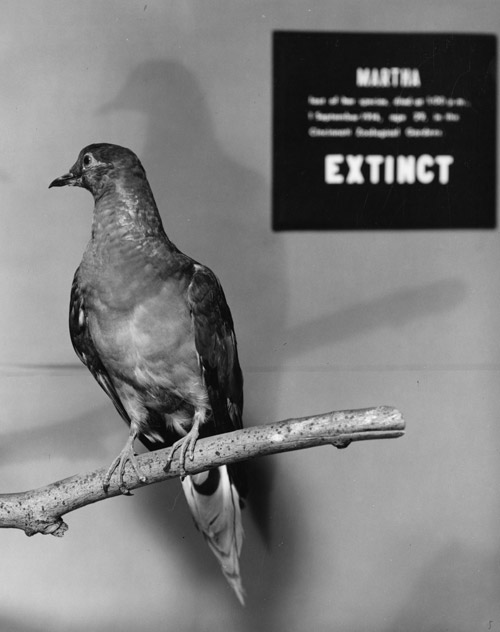
“Martha” (click on links for pdfs of plays) is a true story of extinction set in the woodlands, small towns and big cities of the Eastern half of North America in the late 19th and early 20th centuries.
No one alive today has ever seen the natural wonder of almost mythical proportions that was the passenger pigeon. Once the most numerous bird in North America, passenger pigeons formed megaflocks so large enough they took hours or even days to fly over. Their numbers were so great that they could eclipse the sun, covering the sky from horizon to horizon.
After billions of the birds were slaughtered by men in the 19th century, the last passenger pigeon in the world died in a zoo in Cincinnati in 1914. Her name was Martha.
This play, told from the point of view of Martha, describes what happened to passenger pigeons before and after extinction. It shows how industrialized killing can reduce a wild population from billions to zero in a few decades. It examines current proposals for a bioengineered de-extinction of the passenger pigeon. And it asks what is it like to be the last one, the sole survivor after billions of your kind have been slaughtered.
“Martha” is a one-act play originally written as a radio play.
